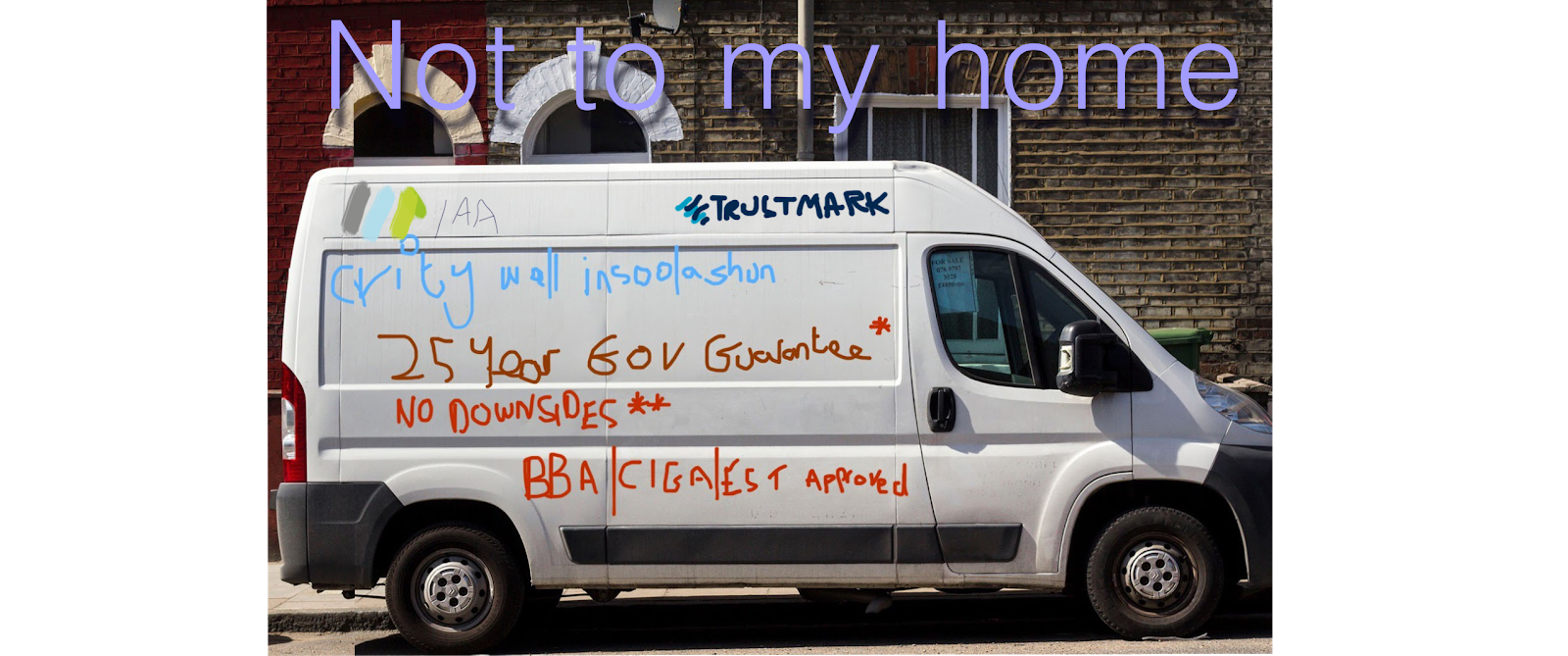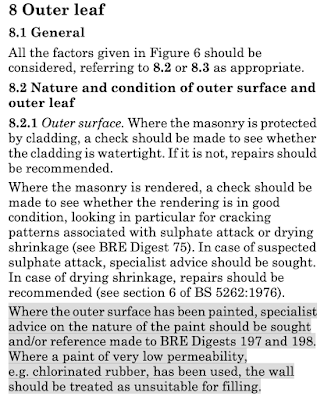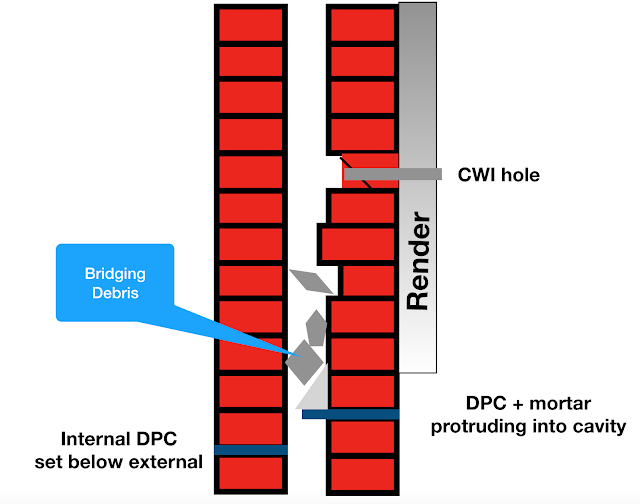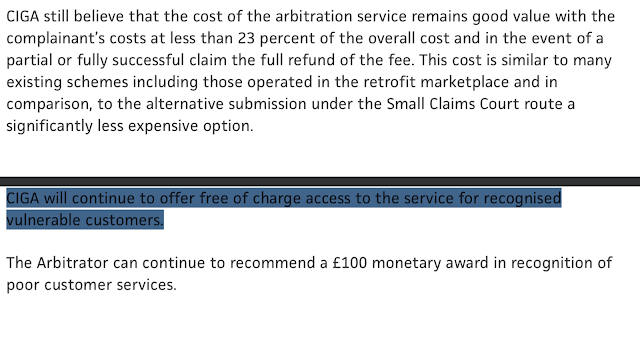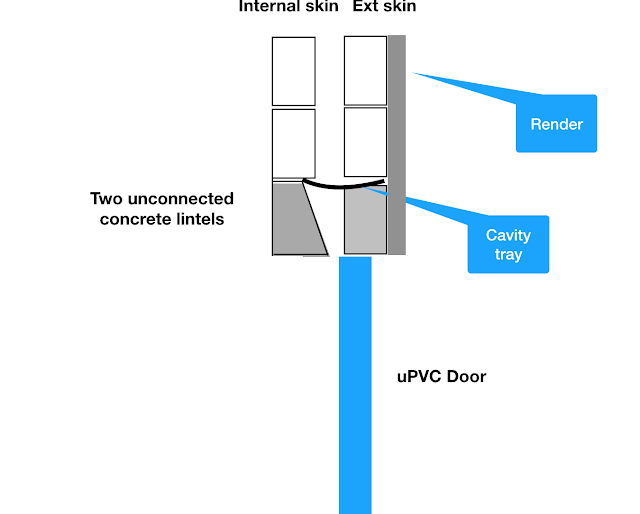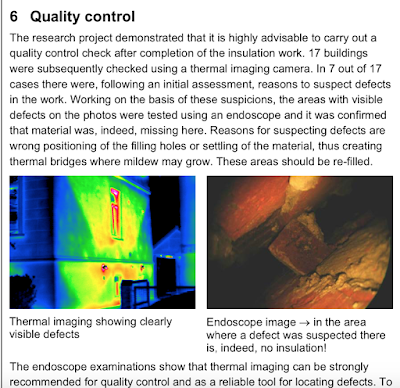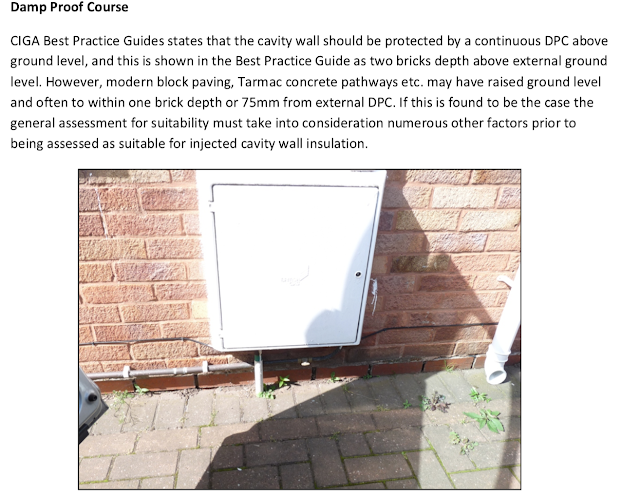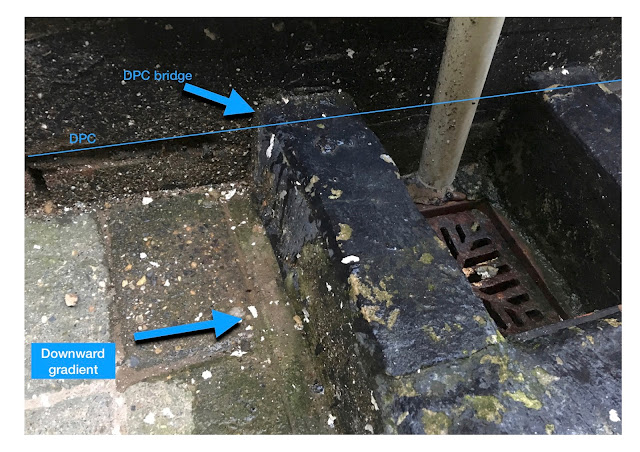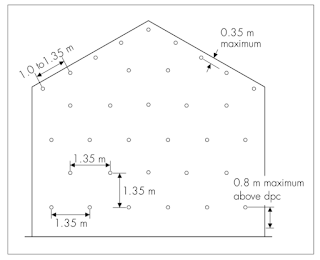CIGA scrubbing bad google reviews - the transformation is complete
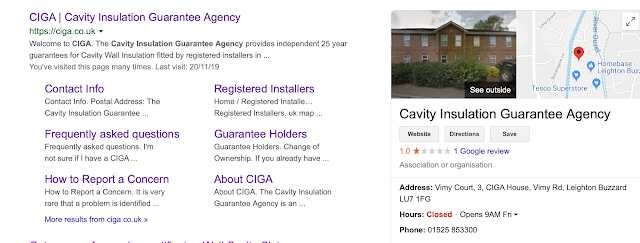
I previously posted about CIGA deleting their business from google in order to remove bad reviews. Which occurred coincidentally around the time they were applying for Trustmark accreditation. CIGA now takes a leaf from George Orwell's Ministry of truth pretending they never existed. They have recently renamed their CWISC google business to now be the main CIGA business. The CWISC( self certification scheme) resides at the same physical address and so easy enough to change. The result is a relatively squeaky clean rating. This is suspicious of rogue trader behaviour. This is what the google page looked like last year - 16 terrible review evaporated.
